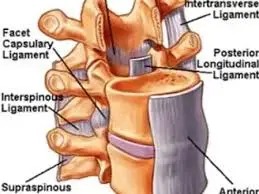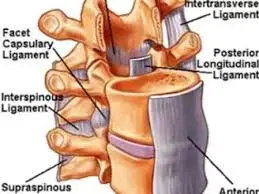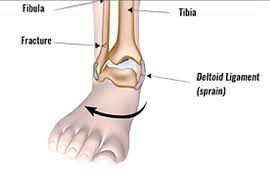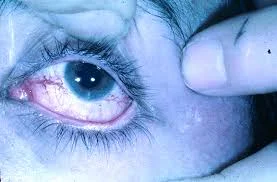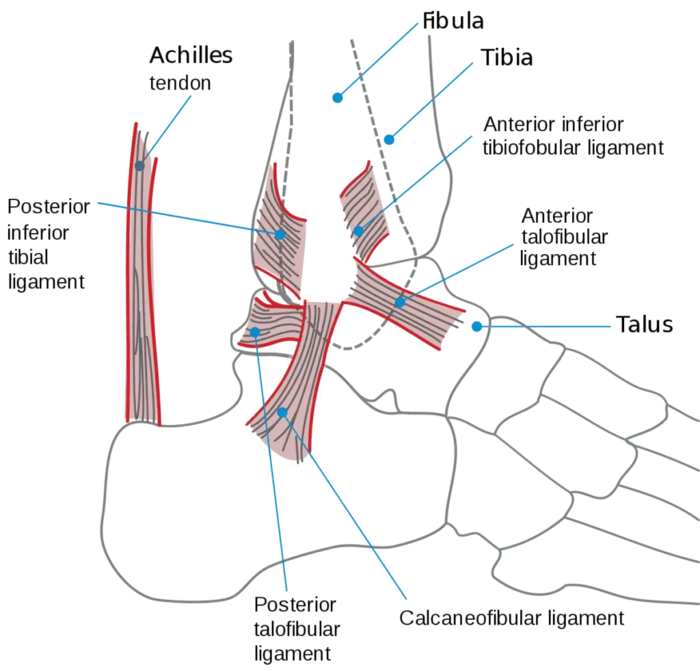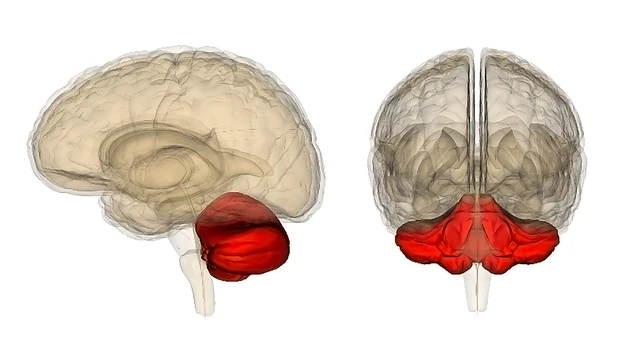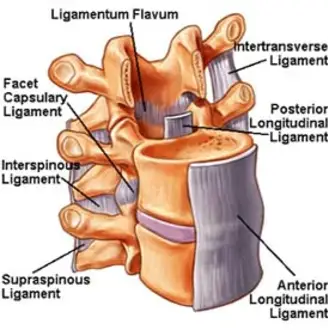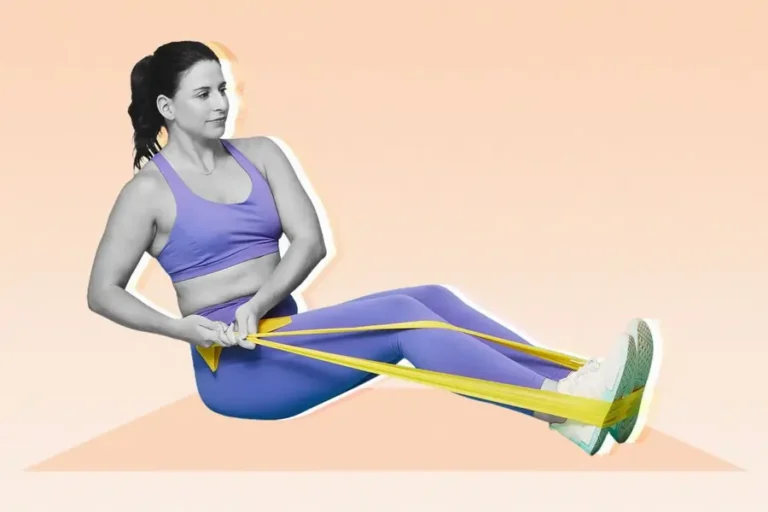Inversion Ankle Sprain
Introduction An inversion ankle sprain is a common injury that happens when your foot rolls inward, stretching or tearing the ligaments on the outside of your ankle. These ligaments are crucial for stability. It’s often caused by activities like stepping awkwardly, landing wrong after a jump, or even just walking on uneven surfaces. Severity can…


